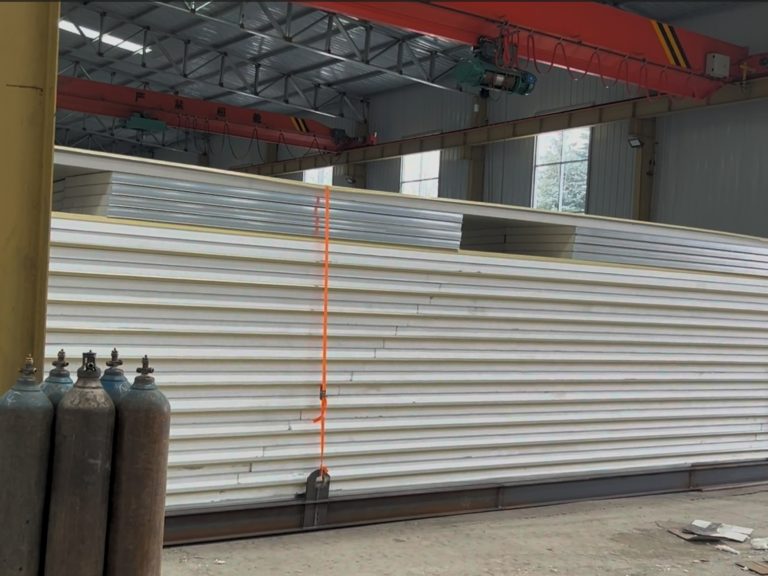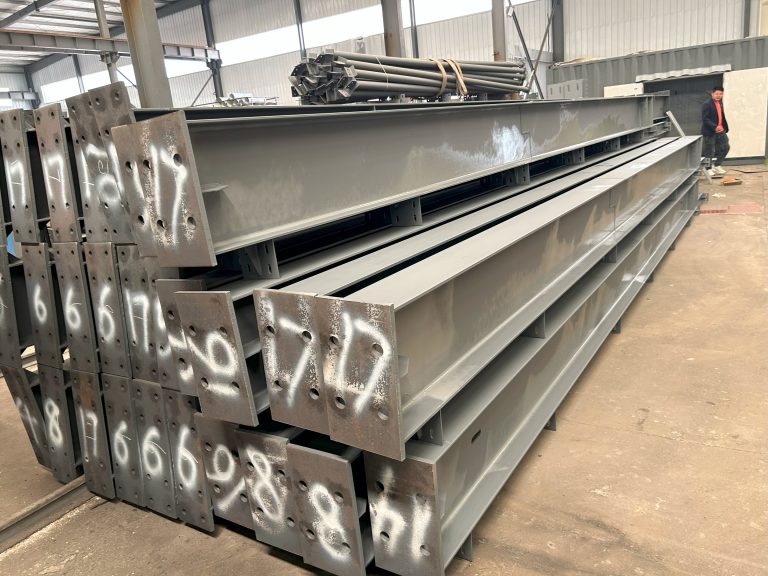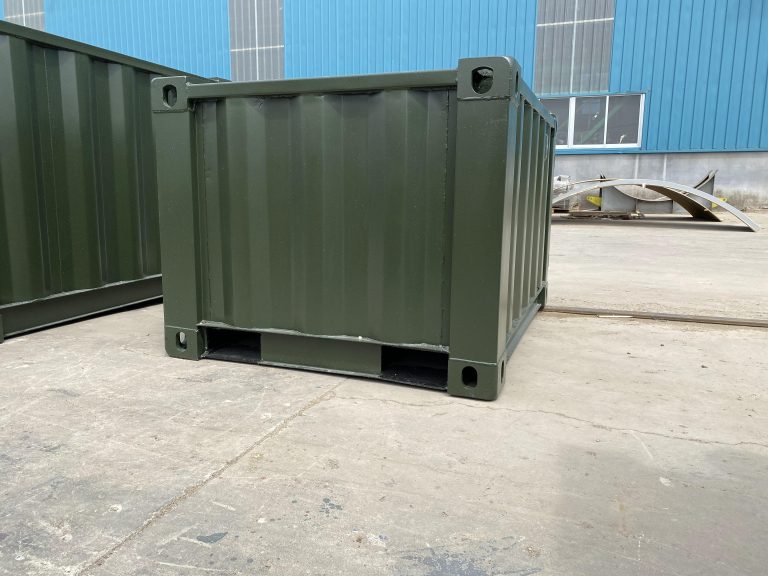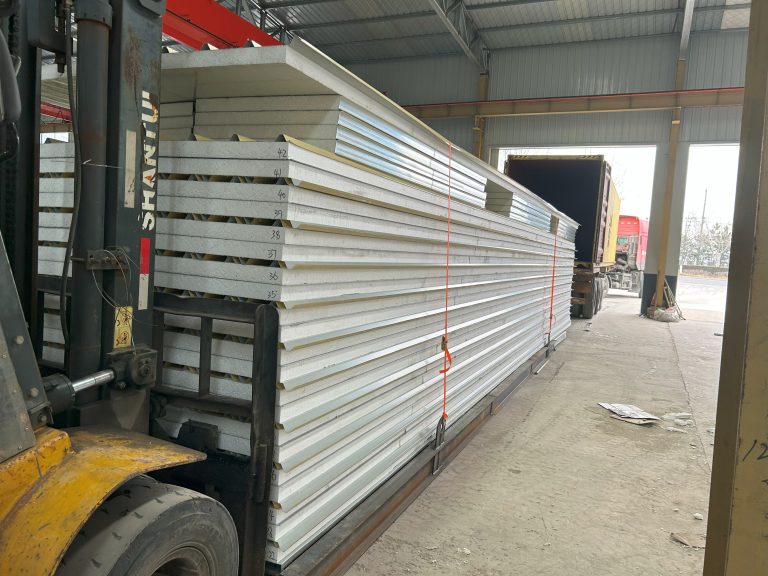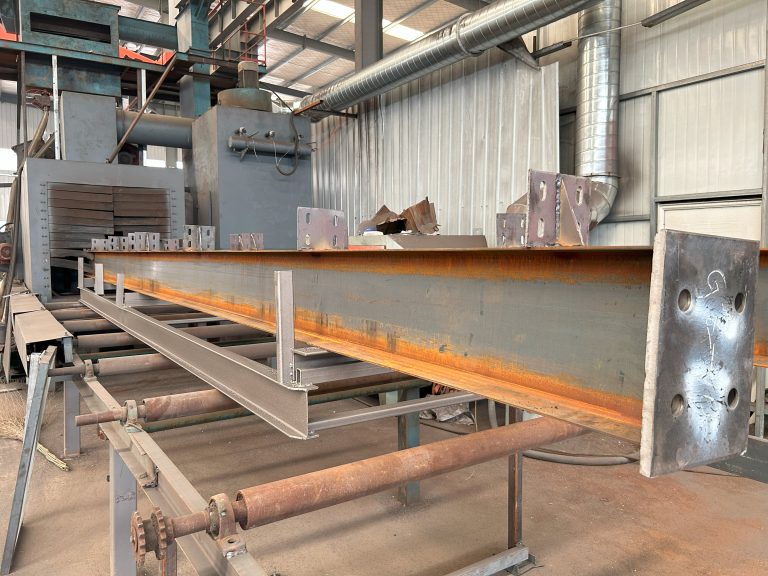Design of reading environment of container house in temporary library
Table of Contents
Utilizing Natural Light in Container House Reading Spaces
Container houses have become a popular choice for temporary libraries due to their versatility and cost-effectiveness. One key aspect of designing a reading environment in a container house is the utilization of natural light. Natural light not only enhances the aesthetic appeal of the space but also has numerous benefits for the readers.
When designing the reading spaces in a container house, it is important to consider the placement of windows and skylights to maximize the amount of natural light that enters the space. Large windows can be strategically placed to allow for ample sunlight to filter in, creating a bright and inviting atmosphere for readers. Skylights can also be incorporated into the design to bring in additional natural light from above, creating a well-lit and airy environment.

In addition to enhancing the overall ambiance of the reading space, natural light has been shown to have numerous benefits for readers. Exposure to natural light has been linked to improved mood, increased productivity, and better overall well-being. By designing the reading environment in a container house to maximize natural light, library patrons can enjoy a more pleasant and comfortable reading experience.
To further enhance the utilization of natural light in the reading spaces of a container house, it is important to consider the use of reflective surfaces and light-colored materials. Light-colored walls, ceilings, and floors can help to bounce natural light around the space, creating a brighter and more open feel. Mirrors can also be strategically placed to reflect natural light into darker corners of the room, maximizing the amount of light that enters the space.
In addition to the design of the physical space, it is important to consider the placement of reading materials and furniture in relation to natural light sources. Reading nooks and seating areas can be positioned near windows and skylights to allow readers to enjoy the benefits of natural light while they immerse themselves in a good book. Shelves and bookcases can be strategically placed to avoid blocking natural light sources, ensuring that the entire space is well-lit and inviting.
Overall, the design of the reading environment in a container house in a temporary library should prioritize the utilization of natural light. By strategically placing windows, skylights, and reflective surfaces, designers can create a bright and inviting space that enhances the reading experience for library patrons. With the numerous benefits that natural light provides, including improved mood and productivity, maximizing its presence in the reading spaces of a container house is essential for creating a comfortable and enjoyable environment for readers.
Incorporating Sustainable Materials and Green Design in Temporary Library Container House
The design of a reading environment in a container house for a temporary library is a unique and innovative approach to creating a sustainable and green space for reading and learning. Container houses have gained popularity in recent years for their versatility, affordability, and eco-friendly nature. When it comes to designing a reading environment within a container house, there are several key considerations that must be taken into account to ensure that the space is functional, comfortable, and conducive to reading and studying.
One of the most important aspects of designing a reading environment in a container house is the use of sustainable materials. Sustainable materials are those that have minimal impact on the environment and are sourced and produced in an environmentally responsible manner. When designing a reading environment in a container house, it is important to choose materials that are durable, energy-efficient, and non-toxic. This not only helps to reduce the environmental impact of the space but also creates a healthy and comfortable environment for readers.
Incorporating green design principles into the design of a reading environment in a container house is also essential. Green design focuses on creating spaces that are energy-efficient, water-efficient, and environmentally friendly. This can be achieved through the use of energy-efficient lighting, natural ventilation, and passive solar design. By incorporating these green design principles into the design of a reading environment in a container house, it is possible to create a space that is not only sustainable but also comfortable and inviting for readers.
Another important consideration when designing a reading environment in a container house is the layout and organization of the space. The layout of the space should be carefully planned to ensure that it is functional and conducive to reading and studying. This may involve creating separate reading areas, study nooks, and quiet spaces for contemplation. The organization of the space should also take into account the needs of different types of readers, such as children, teens, and adults, and provide a variety of seating options and reading materials to cater to their interests and preferences.
In addition to sustainable materials, green design principles, and thoughtful layout and organization, the design of a reading environment in a container house should also consider the aesthetic appeal of the space. Aesthetics play a crucial role in creating a welcoming and inspiring environment for readers. This may involve incorporating natural elements, such as plants and greenery, into the space, as well as using colors, textures, and lighting to create a warm and inviting atmosphere. By paying attention to the aesthetics of the space, it is possible to create a reading environment that is not only functional and sustainable but also beautiful and inspiring.
In conclusion, the design of a reading environment in a container house for a temporary library is a complex and multifaceted process that requires careful consideration of sustainable materials, green design principles, layout and organization, and aesthetics. By incorporating these key considerations into the design of the space, it is possible to create a reading environment that is not only environmentally friendly and energy-efficient but also comfortable, functional, and inspiring for readers of all ages. With the growing popularity of container houses and the increasing focus on sustainability and green design, the design of reading environments in container houses is an exciting and innovative area of design that has the potential to transform the way we think about libraries and reading spaces.

